Name That Plant IV – WIN THAT PLANT!
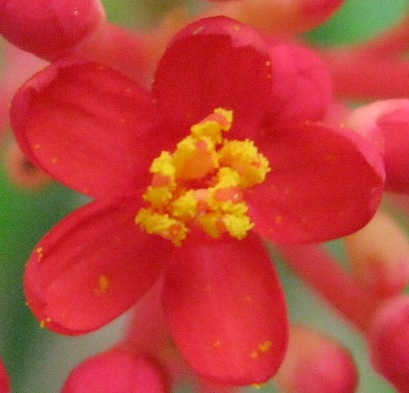
Can you identify this plant? We will post the answer next Tuesday!
Contest Rules: Leave a comment on Facebook or the Garden Blog with your answer. The person with the first correct answer may choose to receive the mystery plant (if available) or a peace lily. The winner will be announced on the Estates Garden Blog and on Facebook. Plants must be picked up from the Edison and Ford Winter Estates within 7 days of contest end (and, no, we can’t ship them!).
Name That Plant III ANSWER: Strawberry Tree
by Britta Soderqvist, Plant Curator
Last week we asked you to identify this plant:
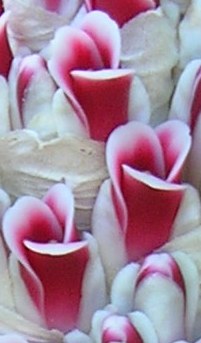
Today, we have the answer for you –
Strawberry Tree or Jamaica Cherry, Muntingia calabura
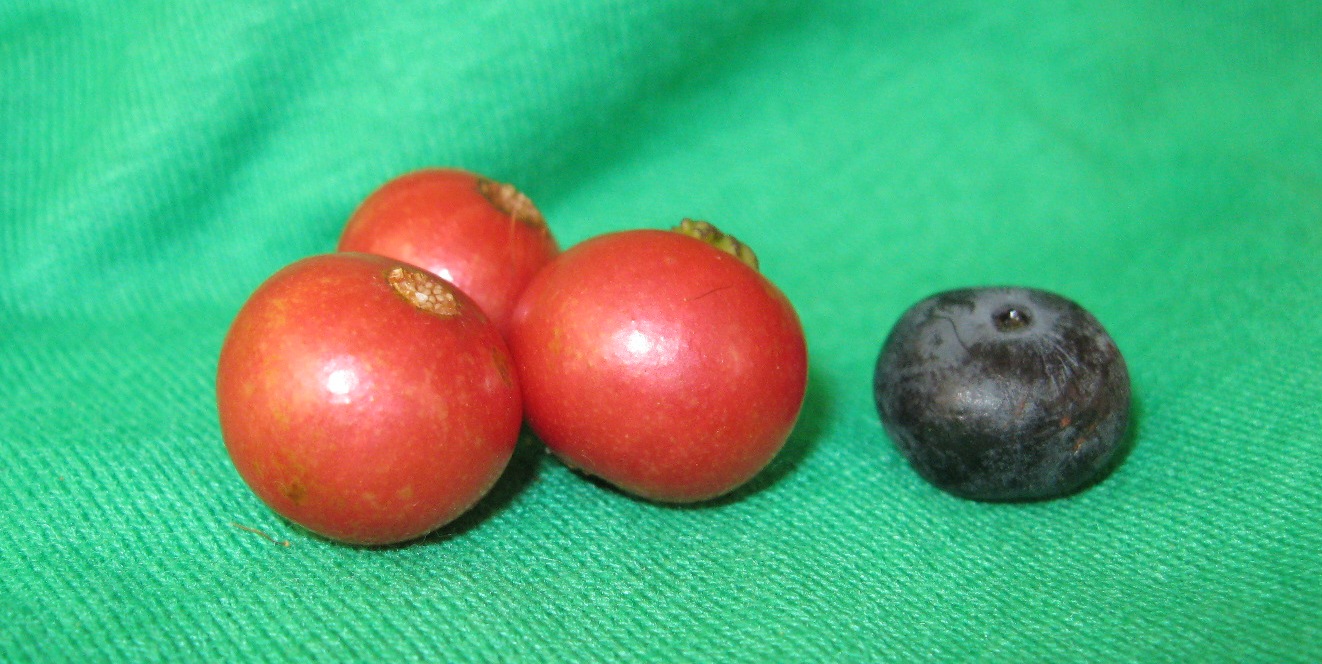
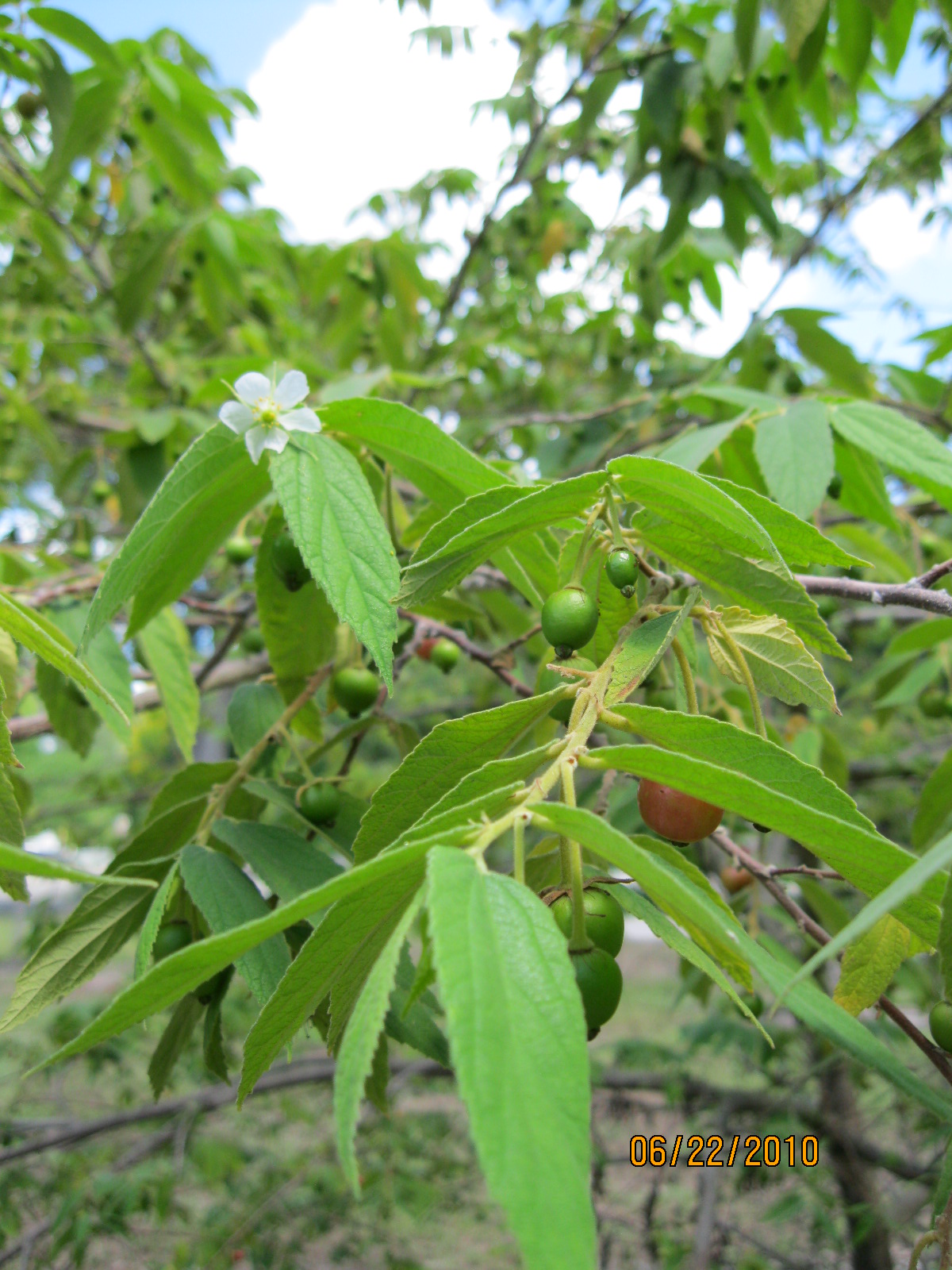
This is a perfect tree for a lazy gardener! Do you enjoy sweet, home-grown fruit like strawberries but don’t like all that bending and stooping to plant, weed and harvest? The strawberry tree produces copious amounts of small, sweet fruits at least twice a year, all at knee level or higher. Don’t like to spend the money and effort fertilizing and watering your garden? This tree grows well in poor soils and is even used to help revegetate disturbed and eroded soils in some parts of the world. Once established, the strawberry tree shouldn’t require any extra watering except in prolonged droughts.
The strawberry tree (named for the flower that resembles the strawberry plant) may grow up to 40 feet, but the fruits will easily fall to the ground when the tree is shaken. Although not native to Florida, it is native to the tropical Americas and will do well in areas that do not freeze often (Zones 10-11). If you live in a colder climate, plants grown in pots should still produce fruits. Although it is reported that wildlife will eat the fruits, there are plenty of ripe fruits underneath the Edison and Ford Winter Estates trees, suggesting that our local birds don’t care for them. The large tree at the Estates (across the paved road from our Banyan Café) was planted in 2006 and is approximately 15 feet tall now. The Estates Garden Shoppe sells strawberry trees for $10-$15 depending on the size of the plant.
Name That Plant III
Test your plant knowledge. Can you identify this plant?

Plant Spotlight: Fringed Hibiscus
by Britta Soderqvist, Estates Plant Curator
Fringed Hibiscus, Hibiscus schizopetalus
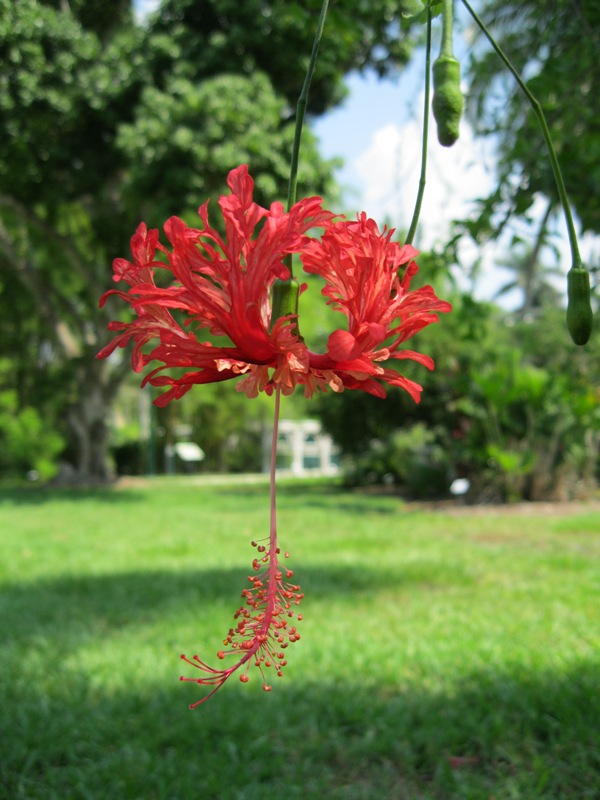
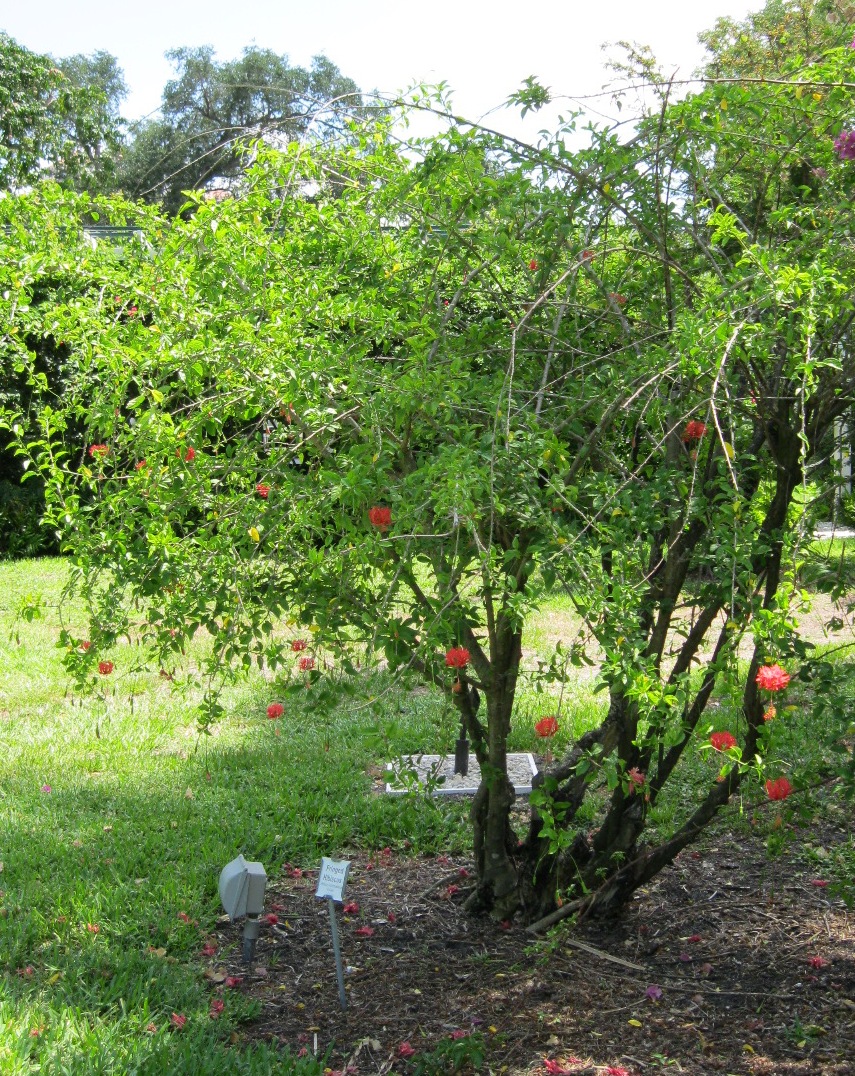
The fringed hibiscus is a fast-growing shrub native to Africa. Like other hibiscus, it has five petals and a long stigma, but the petals of this plant are divided and the whole flower hangs down, creating a unique, lantern-like effect.
Our records show that Mina and Thomas Edison enjoyed the beauty of the fringed hibiscus, purchasing at least one plant for the Estates in 1908. Hummingbirds are known to visit the flower and it’s likely that is one of the reasons the Edisons, both avid bird lovers, planted it on their grounds.
Fringed hibiscus will grow in full to part sun although a full day of Florida’s summer sun is probably too much. During drought, water heavily once a week. Individual flowers will bloom for just one or two days but the plant should be in bloom during most of the warm months. The shrub may reach ten feet in height and spread five to six feet on average. Mature plants should recover from a light freeze. Fringed hibiscus may also be grown in pots or hanging baskets.
You can see our mature fringed hibiscus behind the large bougainvillea near the Moonlight Garden. Plants in six inch pots are available for $12 at the Estates Garden Shoppe.
Plant Spotlight: Dwarf Poinciana
by Britta Soderqvist, Estates Plant Curator
Dwarf Poinciana, Caesalpinia pulcherrima
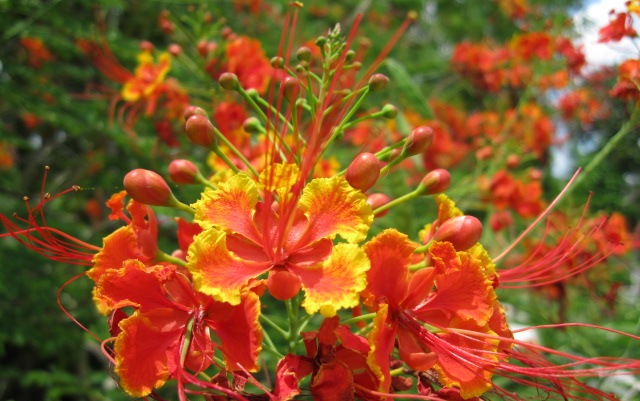
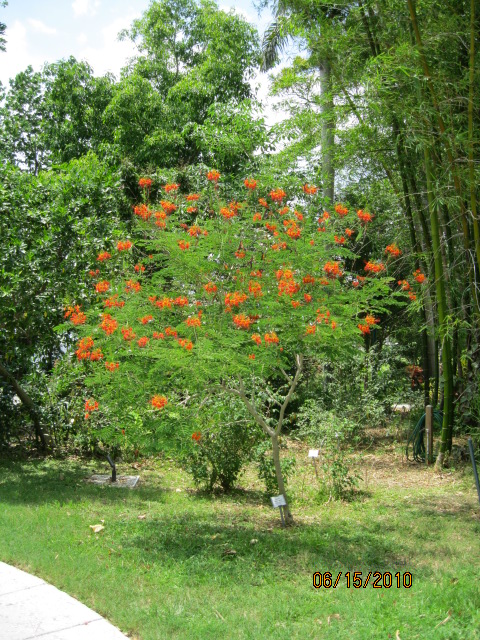
This is a fast-growing shrub or small tree, growing up to 12 feet in height and sometimes 12 feet in width. It blooms best in full sun and tolerates drought well. A variety of flower colors are available, although the yellow and red variety (pictured above) is most common. Flowers can appear year-round but are more prolific during the warm months. The Dwarf Poinciana is thought to have originated from the West Indies and the tropical Americas.
Unlike its larger “cousin” the Royal Poinciana, the Dwarf Poinciana can grow in cooler temperatures. It has been known to survive in temperatures as low as the high teens. During extreme cold, it may die back to the ground but will likely recover. Dwarf Poincianas will bloom when potted but they do better when planted in the ground.
If you love the look of the Royal Poinciana Trees that are blooming all over McGregor Boulevard but don’t have the room for such a large tree, consider purchasing a Dwarf Poinciana from the Estates Garden Shoppe. Plants in 6 inch pots are $10 and have been selling quickly. You can see our Dwarf Poinciana in full bloom next to the fountain between the Edison Main House and the Moonlight Garden.
What's Blooming in June?
There is always something blooming at the Edison and Ford Winter Estates. Take a look at what’s in bloom right now:
Plant Spotlight: "Buttered Popcorn" Tree
by Britta Soderqvist, Estates Plant Curator
There is a tree at the Edison and Ford Winter Estates whose small white flowers smell like buttered popcorn! It just started blooming in late May. The plant’s name is False Rubberwood (Mascarenhasia arborescens) although the common name is not really used much. We typically refer to it as the “buttered popcorn tree”. It grows to about 20 feet high and although the online resources say it prefers full sun, ours is growing in partial shade. The False Rubberwood is native to tropical regions of Africa and requires a moderate amount of water .
Visitors can smell the flowers on the tree that is next to the kapok tree behind the Banyan Café. It’s fairly difficult to find these in Florida but the Estates Garden Shoppe has a few of these trees for sale in pots.